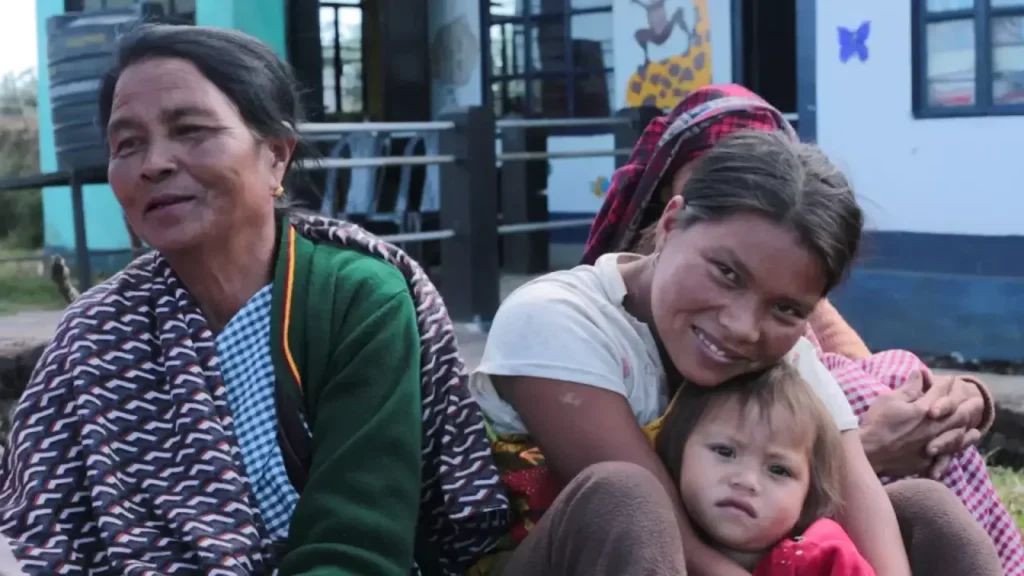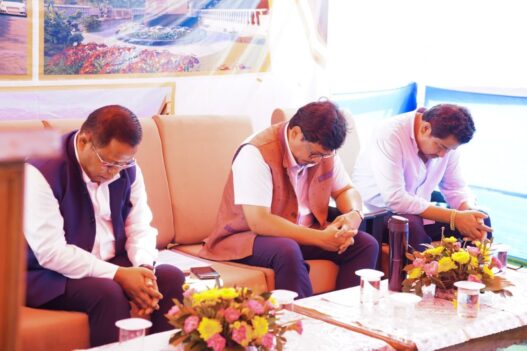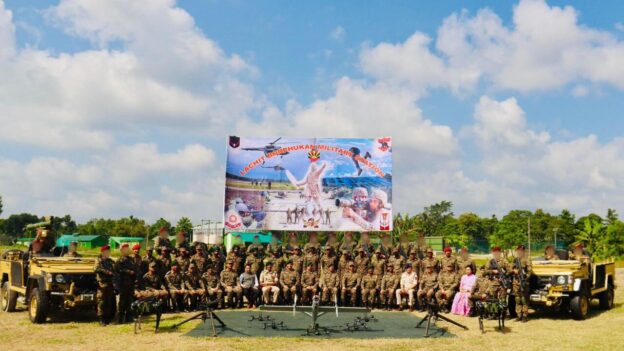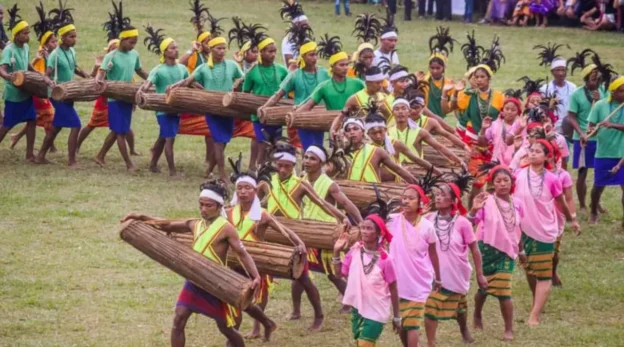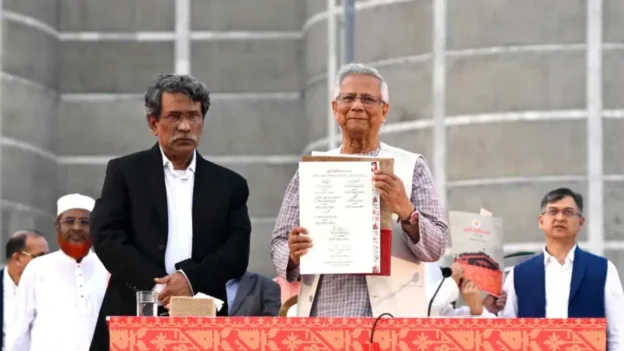In the rolling hills of Meghalaya, a quiet transformation is taking shape — one that promises to touch the lives of thousands of women and children across the state. What began as a high-level review meeting chaired by the Chief Minister on October 29 has emerged as a blueprint for inclusive growth and empowerment. The Social Welfare Department has unveiled a sweeping set of new initiatives aimed at strengthening Anganwadi Centre coverage, improving nutrition, and enhancing women’s safety and early childhood education. The meeting, attended by senior officials and the MD of the Dream Mission, marks one of the most comprehensive welfare pushes in recent years.
Adviser to the Social Welfare Department, Paul Lyngdoh, called the new measures “transformative,” describing them as a shift toward a more community-centred model of welfare. “The approach of the government in the AWCs will now be that we make it a community centre approach rather than a normal government entity,” Lyngdoh said. “Making it community-based means that women’s groups will have direct access, and it will be seen as a community initiative rather than a government initiative.”
The state has now committed to achieving 100 percent Anganwadi coverage by March 2026 — a milestone that would bring nearly 1,700 currently uncovered villages under the umbrella of Anganwadi services. Meghalaya already operates over 6,000 Anganwadi Centres (AWCs), but the plan envisions a deeper transformation — one that focuses not only on numbers but on quality, accessibility, and community ownership.
The Anganwadi network will also see a major upgrade under the Enhanced Supplementary Nutrition Program (SNP). The revamped plan introduces fresh dietary items to children’s meals, supported by a substantial sanction from the Asian Development Bank (ADB). The program, covering both Hot Cooked Meals (HCM) and Take Home Rations (THR), will ensure that children aged three to six receive two hot meals daily and two eggs each week. To guarantee quality, a qualified nutritionist has been appointed to collect and analyse food samples from various centres.
For any funding gaps that may arise, the state government has pledged to step in with contingency support, ensuring that no child is left behind. Alongside these measures, a modernization drive is set to begin, upgrading 2,000 Anganwadi Centres by the end of this year. Each of these centres will be “communitised,” equipped with solar panels, and integrated with early learning and recreation activities. A pilot project covering 200 locations will set the stage for this large-scale reform.
The state’s commitment to Early Childhood Care and Education (ECCE) also gets a strong boost. Community mobilization will form the core of this drive, with active involvement of faith-based organizations. New positions will be created for Lilly Supervisors, to be known as Assistants to the Child Development Project Officers (CDPOs), adding vital manpower to the department’s work on the ground.
Women’s safety and empowerment stand as another major pillar of the new initiative. Four new working women’s hostels will soon come up in Shillong, Tura, Jowai, and Williamnagar, expanding safe spaces for women professionals. Meanwhile, the 181 Women Helpline will be fully operationalized within three months. Paul Lyngdoh noted that the helpline has already made a tangible difference. “We already have participants—victims of threats and violence—who, because of the intervention of the department and the support of the police, have come forward to record their statements,” he said. The 181 service functions as a 24/7 SOS line, ensuring that every call receives immediate police action.
The government has also turned its focus to schools, recognising that the empowerment of women begins with the education and well-being of girls. Within the next three months, functional toilets will be upgraded or newly constructed in schools across the state. The regular distribution of locally made sanitary pads will be introduced for adolescent girls, particularly in rural areas, to tackle absenteeism caused by menstruation — currently estimated at about 10 days a month per student. To build confidence and resilience, self-defence training programs for girls will be rolled out across both rural and urban schools.
The Chief Minister has also announced that he will personally lead visits to Child Care Institutions (CCIs), reinforcing the government’s commitment to transparency and accountability in child welfare.
A parallel initiative seeks to strengthen community policing through the revival of Village Defence Parties (VDPs), long considered a cornerstone of local security in Meghalaya. The cabinet has decided to increase the monthly incentive for VDP volunteers from a token ₹800 to ₹3,000 — a significant jump that reflects the renewed focus on grassroots vigilance. These local defence units, similar to neighbourhood watch systems in large cities, will act as crucial links between the police and the community, particularly in addressing rising crimes such as drug trafficking and violence against women.
From nutrition and childcare to safety and empowerment, the state’s new welfare blueprint reflects a clear shift in direction — one that places people, not bureaucracy, at the centre of progress. The plan is bold in scope and ambitious in its timeline, but its underlying message is simple: Meghalaya’s future rests on the strength, safety, and well-being of its women and children.

